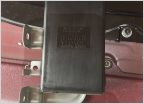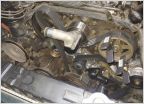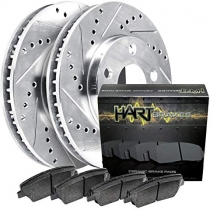-
Welcome to 4Runners.com!
You are currently viewing as a guest! To get full-access, you need to register for a FREE account.
As a registered member, you’ll be able to:- Participate in all 4Runner discussion topics
- Transfer over your build thread from a different forum to this one
- Communicate privately with other 4Runner owners from around the world
- Post your own photos in our Members Gallery
- Access all special features of the site
Can I run 16” or 18” rims on my stock 1993 4Runner?
Discussion in '2nd Gen 4Runners (1990-1995)' started by duck_slayer22, Aug 5, 2019.


 Rear window relay fixed
Rear window relay fixed Recommended rotors and brake pads?
Recommended rotors and brake pads? Ball joints
Ball joints Rear main seal help
Rear main seal help Post Mortem Timing Belt Replacement - Not for the Faint Hearted
Post Mortem Timing Belt Replacement - Not for the Faint Hearted Camshaft Seal replacement
Camshaft Seal replacement

























